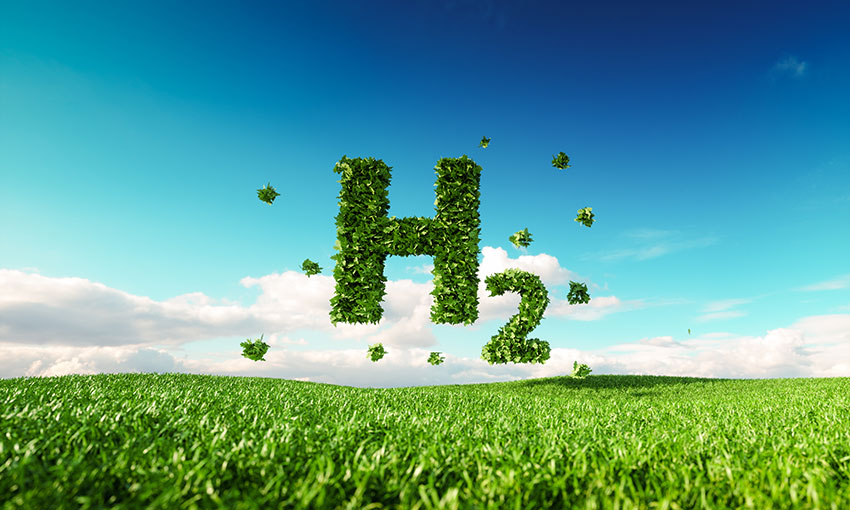SUMITOMO Corporation and engineering firm JGC Holdings signed a contract for the front-end engineering and design work on a proposed hydrogen production plant in Gladstone.
A statement from JGC said Gladstone is a suitable location for the development due to its existing industrial infrastructure and its “rich solar radiation” for the production of green hydrogen.
The project is to be part of a broader program that aims to produce green hydrogen by using solar-generated electricity.
The initial hydrogen-production plant is to produce 250-300 tonnes of hydrogen every year, with plans to increase production.
Driving the hydrogen revolution
Queensland transport minister Mark Bailey said the state’s publicly owned ports were crucial to driving Queensland’s hydrogen revolution and jobs as part of the state’s economic recovery plan.
“Gladstone has a unique competitive advantage in the production and potential trade of renewable hydrogen,” he said.
“GPC’s Fishermen’s Landing precinct connects the port channel to the 27,000-hectare State Development Area and has the potential to develop up to another 11 berths.”
State minister for energy, renewables and hydrogen Mick de Brenni said Gladstone Port was priming Queensland to become the hydrogen capital of Australia.
“Having toured the Fisherman’s Landing site last week, I can see why clean energy investors like Sumitomo have their sights set on Gladstone,” Minister de Brenni said.
“We know the whole world is looking for cleaner, cheaper energy, and we want Queenslanders to get secure, local jobs manufacturing and exporting it.”
Acting GPC CEO Craig Walker said GPC is supporting Sumitomo’s hydrogen developments with the port having ideal facilities and area to support hydrogen industry.
“The location is earmarked to enable renewables within the GPC’s 50-year strategic planning and underpins job creation and growth in an economically, environmentally and socially sustainable manner,” he said.
“At GPC we’re exploring what the unique hydrogen ecosystem will look like for the region and while there is still work to do, export demand is expected to grow rapidly beyond 2030 for green hydrogen.”
Not just LNG; hydrogen too
Member for Gladstone Glenn Butcher said the signing of the contract comes as the city was earmarked as Queensland’s hydrogen highway in the state government’s Hydrogen Industry Strategy 2019-2024. The region is already home to major industries including LNG, but hydrogen is expected to offer an opportunity for Gladstone to be part of a global energy transition.
“Gladstone is well-positioned to benefit from the global transition to a low emission energy future, with its close proximity to Asia, established infrastructure, manufacturing capabilities and renewable energy potential,” Mr Butcher said.
“Gladstone offers significant competitor advantage for growth and the development of new industries and we’re well-equipped for the hydrogen future as we already have reticulated gas infrastructure, a premier multi-commodity deep-water port and skilled local workers.
In 2018, Sumitomo Corporation became the first in the world to synthesise ammonia from hydrogen produced by electrolysis of water using renewable energy sources and to generate electricity from gas turbines fuelled by the synthesised ammonia.
The Gladstone Ports Corporation is also working with other exciting proponents to facilitate hydrogen in the region.

